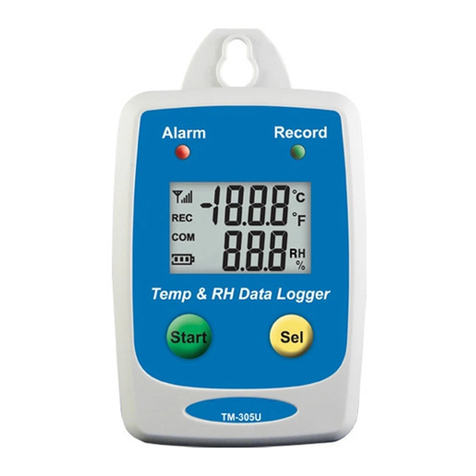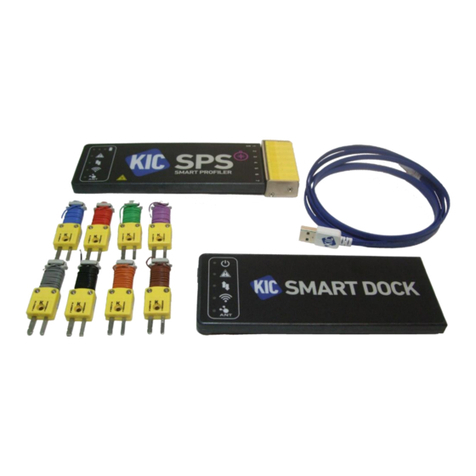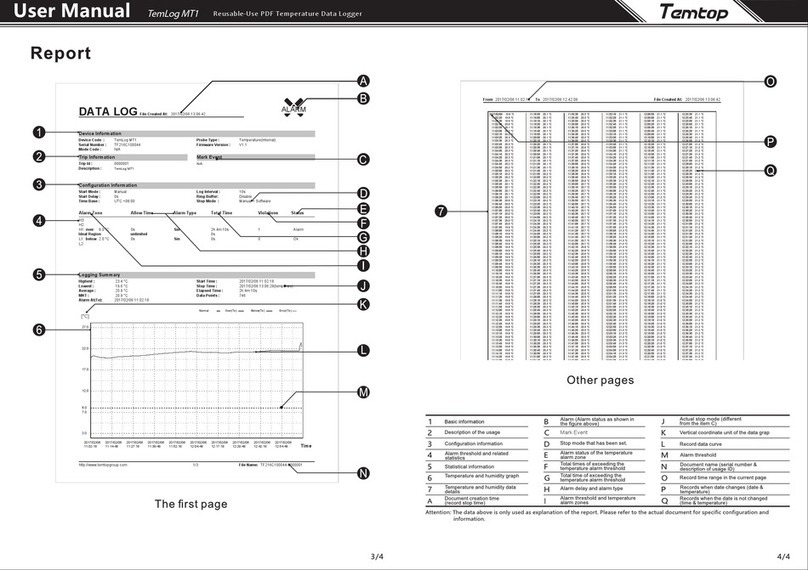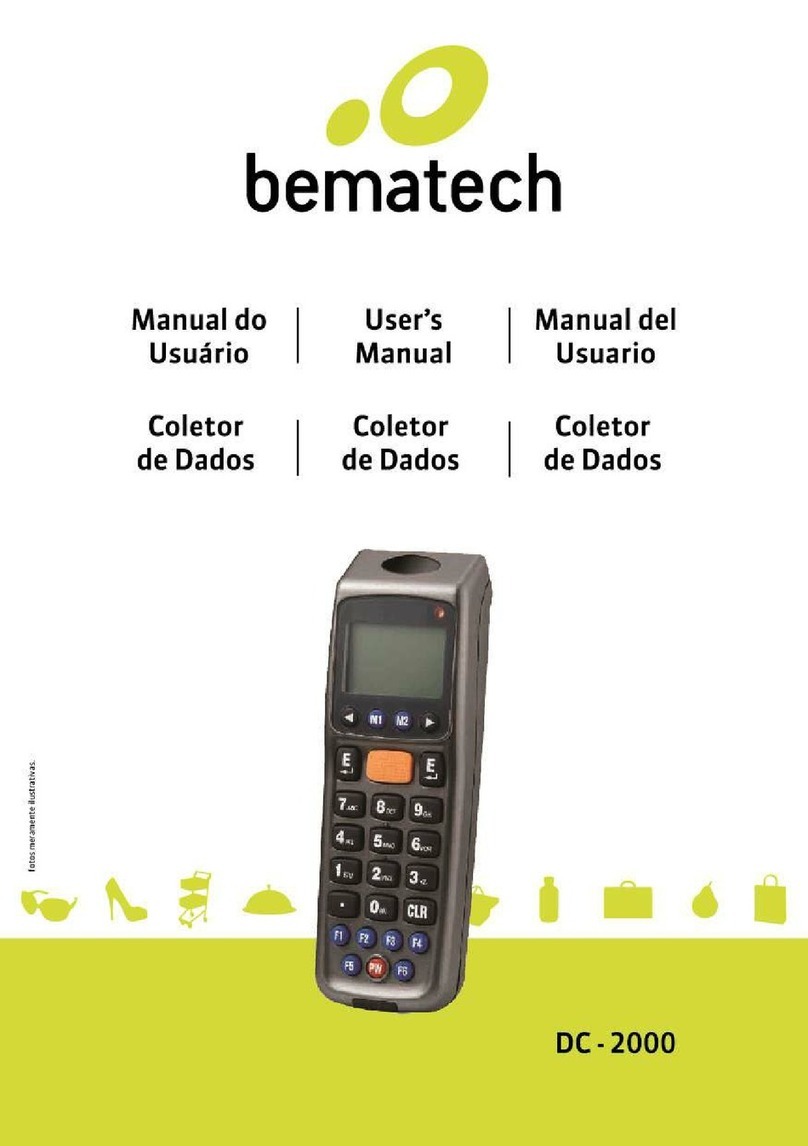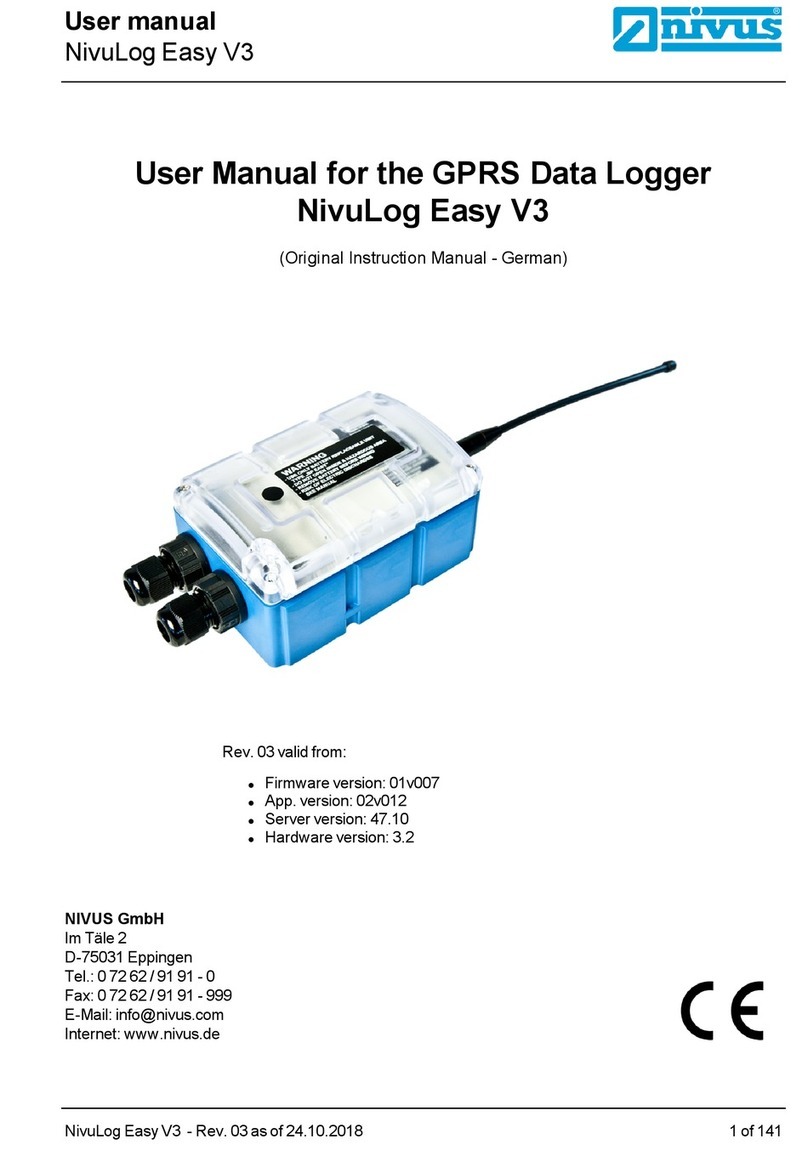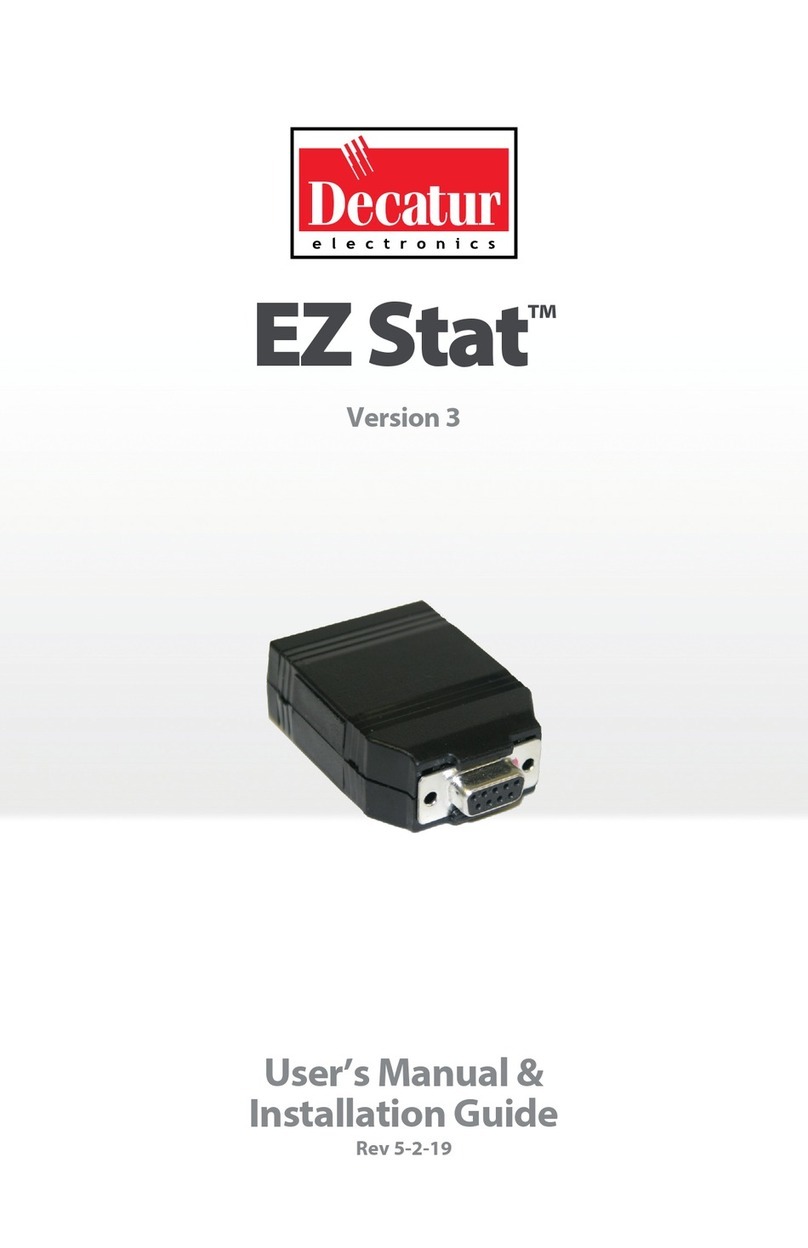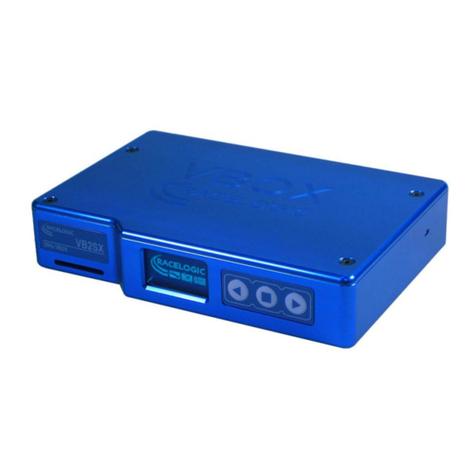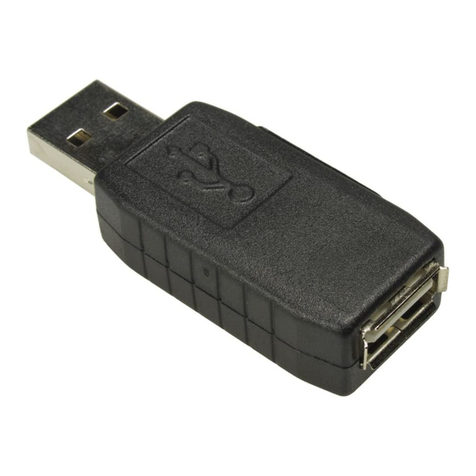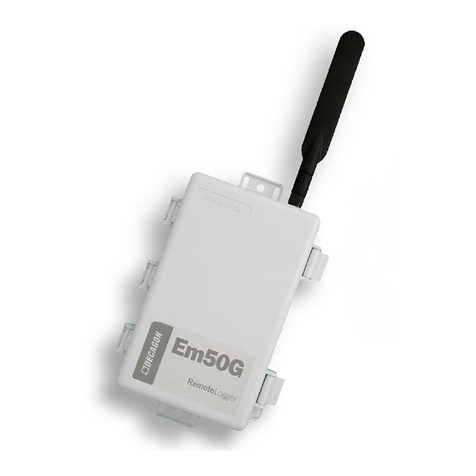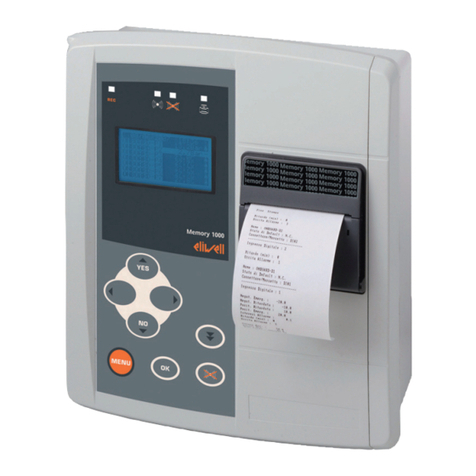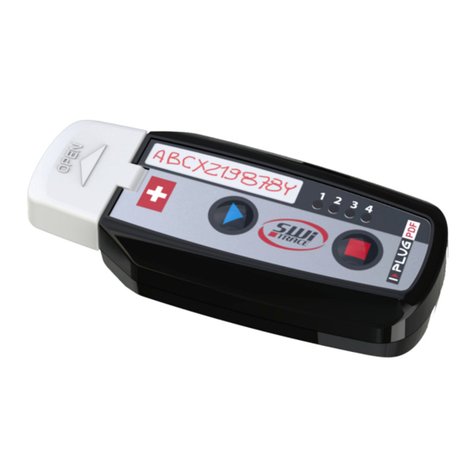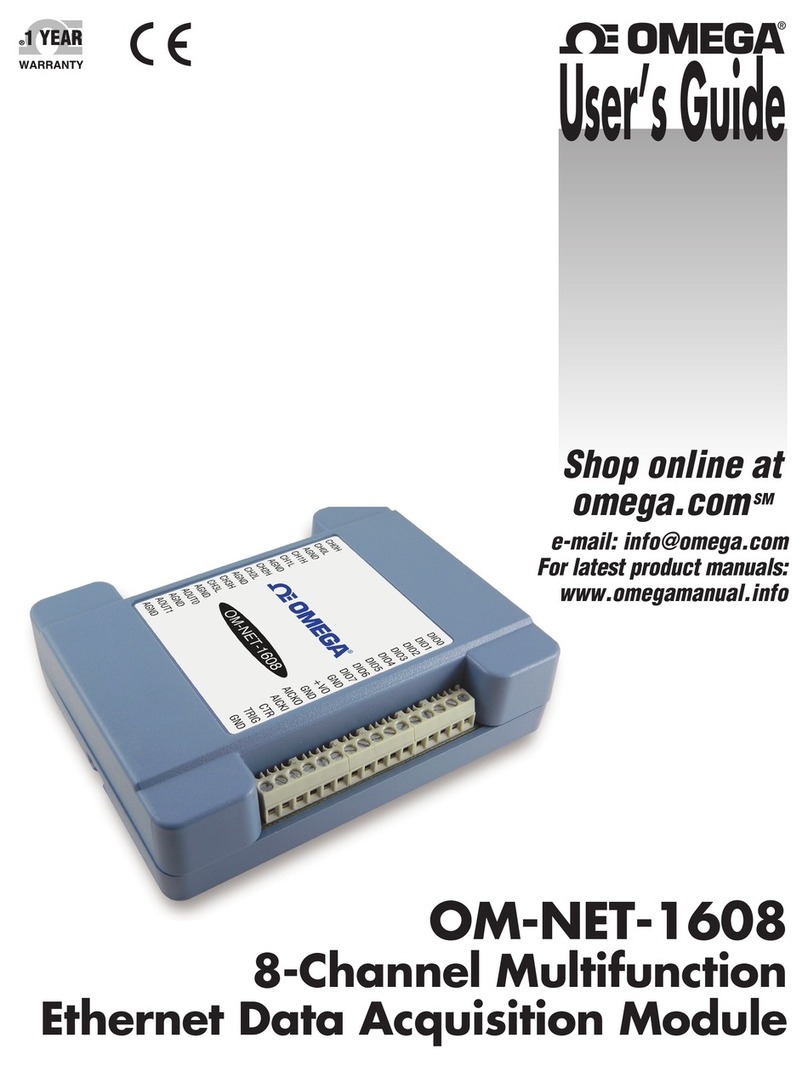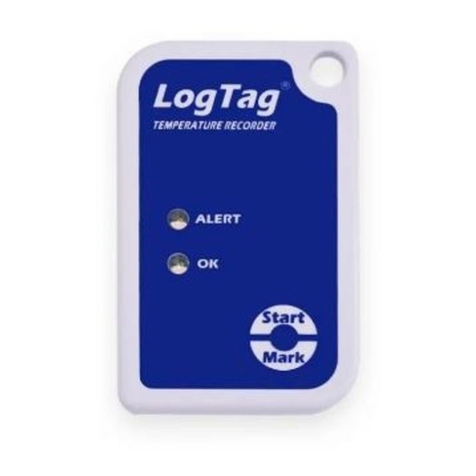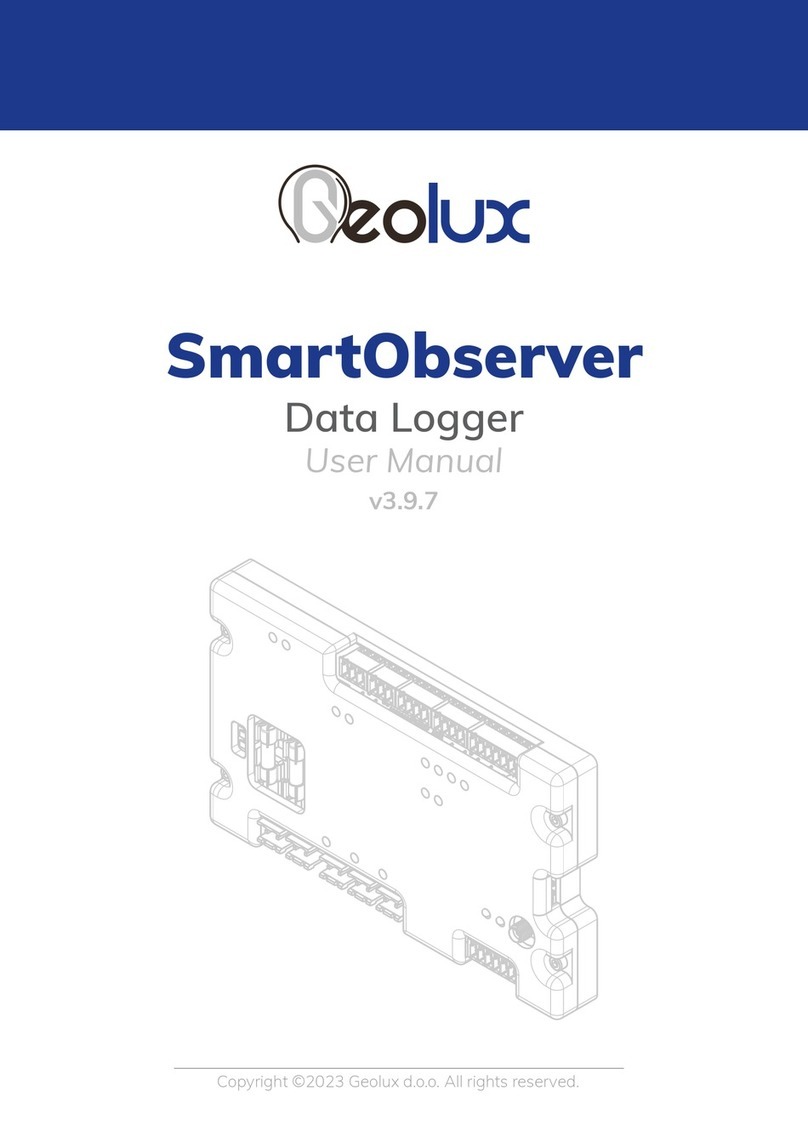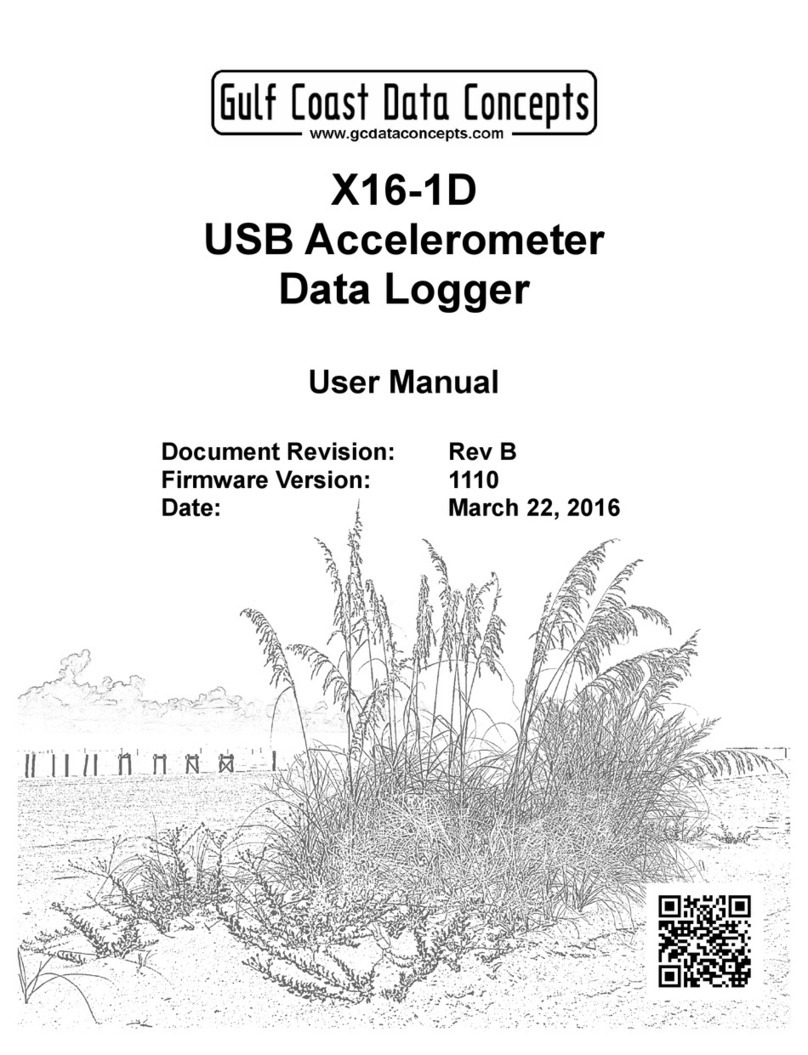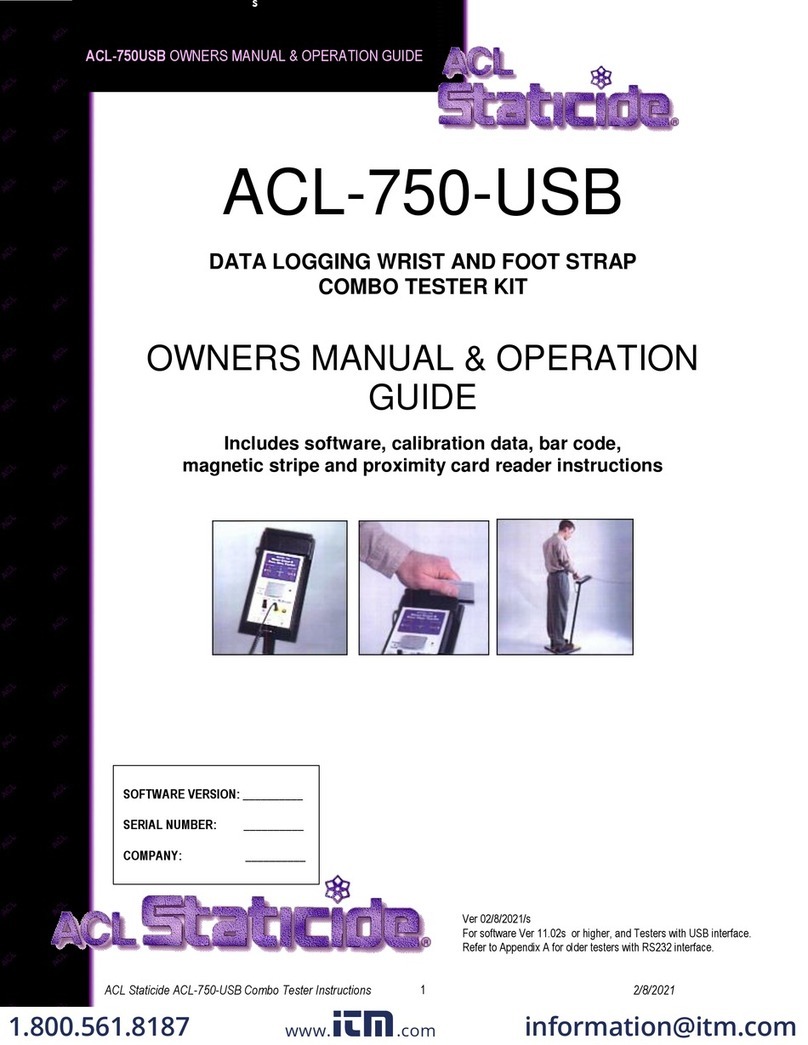Geosense Laser Tilt90 User manual

Preliminary User Guide V1.0
Tilt90
0

Table of contents
1.Important instructions prior to use
2
2.Device Overview
3
3.Device Specifications
4
4. System requirements
6
5. Equipment Provided
7
6. Wireless Tiltmeter installation
11
7. Powering up the Device
12
8. Loadsensing Device Configuration
13
9. Safely Closing the Device
16
10. Understanding data
17
10.1.1 Calibration 18
13. Maintenance and troubleshooting
22
14. Battery Life Estimates
23
15. Data storage
25
16. FAQs
27
Appendix A. CSV example and JSON format 29
Appendix B. Vibration Resistance Test (LS-G6-TIL90-I) 30
CONTACT WORLDSENSING 33
1

1.Important instructions prior to use
Please read these instructions carefully and ensure that the required conditions specified
in this document are met before using the product. Each of our edge devices includes this
information inside the packaging
General warnings
●
Follow these precautions to avoid a battery explosion or leakage of flammable liquid or gas:
○
Use the correct battery type. Dispose of the batteries according to instructions. Do not
dispose of the batteries by throwing them into a fire or a hot oven, or mechanically crush or cut
them.
○
Do not leave the batteries in an extremely high-temperature environment.
○
Do not subject the batteries to extremely low air pressure. It may result in an explosion or
leakage of flammable liquid or gas.
○
Do not short circuit the batteries. This will blow the protection fuse.
●
Batteries and equipment to be connected via the data port must meet IEC 62368-1 ES1 and PS1
requirements.
●
Equipment to be installed in restricted access areas.
Symbol
Description
Caution. Do not proceed until the instructions are clearly understood and all required
conditions are met.
Read the instructions for use carefully before using.
Caution, hot surface.
According to the European Union WEEE Directive 2012/19/EU, this product and its batteries
should not be discarded as unsorted waste.
Please send them to separate collection facilities for recovery and recycling.
It is your responsibility to dispose of your waste equipment and batteries properly. The
correct disposal of your old equipment and batteries will help prevent potential negative
consequences for the environment and human health.
2

2.Device Overview
This user guide explains how to configure and operate Worldsensing’s Loadsensing Wireless
Tiltmeter90. Further technical descriptions are available in the datasheets .
The Loadsensing Wireless Tilt90 is a long-range, low-power wireless data logger with a 3
axes tiltmeter. It measures 3-axis inclination with respect to gravity’s direction and reports
the two axes of rotation from the horizontal plane in any orientation.
There are two models of Tilt90, the one with an external antenna (LS-G6-TIL90-X) and the
one with an internal antenna (LS-G6-TIL90-I), which dier from specifications (see the
specifications on next chapter). Model LS-G6-TIL90-I will be released shortly.
The wireless tilt90 can be used connected to the CMT or as a standalone logger for manual
monitoring, and can be easily configured by connecting it to an Android phone with a USB
cable.
Tiltmeters for monitoring applications provide measurements of changes from the vertical
level, either on the ground or in structures. This makes them key sensors to monitor
inclinations, movements and dierential settlements of slopes or infrastructures.
Tiltmeters have been extensively used in landslides, embankments and mines monitoring
to control the stability of the slopes.
3

3.Device Specifications
Tiltmeter specifications
Value
Type
Tilt angle calculated from 3-Axis MEMS
accelerometer
Range
±90°
Axes
3-axis inclination measurement with respect to
gravity’s direction. Reports the two axes of rotation
from the horizontal plane in any orientation.
Node
LS-G6-TIL90-X
LS-G6-TIL90-I
Accuracy within ± 2⁰
± 0.0025º
± 0.0045º
Accuracy within ± 4⁰
± 0.005º
± 0.006º
Accuracy within ± 15⁰
± 0.013º
± 0.013º
Accuracy within ± 45⁰
± 0.08º
± 0.08º
Accuracy within ± 85⁰
± 0.23º
± 0.23
Resolution
0.0001°
0.0001°
Repeatability
<0.0003°
<0.0015º
Oset Temperature
dependency(*)
± 0.002°/°C
± 0.005°/°C
Stability @ 14 hours
<0.003°
<0.010º
Measure of dispersion
Standard deviation of the set of measurements
collected during the reading and transmitted with
each tilt measurement. It can be used to filter noisy
data.
Temperature sensor resolution
0.1 ⁰C
Temperature sensor accuracy
±0.5 ⁰C
(*)
Note that temperature dependency can be positive or negative depending on each MEMS sensor manufacturing
process. Temperature dependency is given as the maximum value.
4

MEMORY: CIRCULAR BUFFER STRUCTURE
Memory records up to 140,000 readings, including time and 3 axes
MECHANICAL
Device
LS-G6-TIL90-X
LS-G6-TIL90-I
Box dimension (WxLxH)
100x100x61 mm
100x100x61 mm
Overall dimensions
150x120x61 mm
103x100x61 mm
Operating temperature
-40ºC to 80ºC (-40ºF to 175ºF)
Weather protection
IP68 (at 2 m for 2 hours).
Weight (excluding batteries)
606 g
390 g
Antenna
External: 100 mm
length (including
connector)
Internal
Mounting options
Clearance holes for M4 hexagon socket head cap screws in bottom.
Blind holes for M5 screws on the lateral side.
USB (configuration/EXT power)
Internal mini USB
Box material
Aluminium alloy
Aluminium alloy
Lid material
Aluminium alloy
Polycarbonate
Batteries
From 1 up to 2
Vibration resistance
Do not subject the device to
accelerations that exceed
higher levels of accelerations
than +-8g. For higher levels
we recommend to use the LS
G6-TIL90 I.
Do not subject the device to
accelerations that exceed higher
levels of accelerations than +-80g.
Test: Random vibration test railroad
profile according to level C.2 (on
sleeper) of standard EN 50125
3:2003+COR R2010 standard and
methodology of the EN
60068-2-64:2008 standard.
Impact resistance*
Drop from 1 meter onto a concrete surface (20 000g).
* The tiltmeter has good impact resistance. However it should be treated carefully like any precision instrument.
5

4. System requirements
The TIL90 is:
- available from version 2.63 onwards
- Needs to be configured by using the Worldsensing App (instead of the Dlog)
- CMT Edge version: from firmware version 2.5 (4G Gateways) and 2.5.1 (3G Gateways)
onwards
- CMT Cloud version: from firmware version 1.4.0 onwards
6

5. Equipment Provided
As mentioned above, there are two wireless tiltmeter variants.
Figure 1: LS-G6-TILT90-X view
The wireless tilt90 with an external antenna (LS-G6-TIL90-X)
1. Metallic casing
2. USB connector
3. RP N Female connector, which complies with Federal Communications Commission
(FCC) regulations, for the sensor network radio antenna
4. Pressure stabilizer for protection against condensation (protective vent)
5. Connector male RP N to RP - SMA male and aerial with RP - SMA male
6. Antenna
7

User Guide- Preliminary version
Loadsensing Wireless Tiltmeter 90
Figure 2: LS-G6-TILT90-X elements
Figure 3: LS-G6-TILT90-X antenna with N-connector
8

The LS-G6-TIL90-X can also be equipped with a more robust antenna, placed horizontally,
instead of the standard L-antenna that is installed vertically. Please contact us for more
details.
Figure 4: LS-G6-TILT90-I view
The wireless tiltmeter with an internal antenna (LS-G6-TILT90-I) has the following
elements:
1.
Polycarbonate lid
2. Metallic box
3. Pressure stabilizer for protection against condensation (protective vent)
4. Internal antenna
9

Figure 5: LS-G6-TILT90-I elements
The following elements are sold separately for both tiltmeters:
●
Mounting supports. See the mounting instructions for each support
●
USB-OTG configuration cable
●
Batteries
10

6. Wireless Tiltmeter installation
The first task of getting your Loadsensing Tiltmeter node up and running on your site is to
install it. There are three major factors to consider when installing the node: the various
supports you might use, the mounting of the Tiltmeter node, and powering the node once it
is installed. We discuss each of these three here.
Supports
The Tilt90 node needs to be mounted on a support. Depending on the application, it needs
to be installed with a certain inclination to achieve curved surfaces and on others
applications it can be just installed aligned to the surface.
Wireless Tilt90 can be mounted horizontally or vertically, depending on the monitoring
objective. Worldsensing provides several accessories:
Description
Code
Mounting plate for vertical mounting
LS-ACC-IN15-VP
Horizontal surface mounting plate
LS-ACC-IN15-HP
Horizontal surface mounting plate for track monitoring
LS-ACC-IN-HPTM
Versatile double plate for horizontal surface mounting
(includes a threaded hole for a prism or a button head
screw, for precise leveling)
LS-ACC-IN15DP
Vertical mounting plate (pole mounting)
1
LS-ACC-IN15VPP2
1 This mounting plate can be used for some applications, but it will be important to take into account
that using it will aect the quality of the data.
Further information and drawings can be found in the accessory user guides.
11

7. Powering up the Device
Loadsensing devices are shipped closed and without batteries. To power up the device:
1. Open the device using a 2.5 mm Allen wrench.
2.
Insert C-type batteries in the battery holders, checking they match the
polarity
indicated. You can connect one or more batteries; the more you use, the longer
the
device will operate in the field. See our LS G6 Datalogger recommended batteries
guide for further information on the batteries.
Please note that the device has reverse battery protection but it is not safe to keep
batteries reversed in the device for a long time.
Note: The Loadsensing Wireless tiltmeter does not have a real-time clock battery to
keep time, so it is very important for the device to be powered with batteries when
the time is set during installation. Otherwise the device will default to the year 1970
and data will not appear in the gateway. A warning will appear in the log’s tab.
3.
Please consider that the TIL90 can only be powered by batteries, thus
when
attempting to update node firmware or downloading data from the node, make sure
that batteries are placed.
12

General warnings
● Follow these precautions to avoid a battery explosion or leakage of flammable liquid or
gas:
○ Use the correct battery type. Dispose of the batteries according to instructions.
Do not dispose of the batteries by throwing them into a fire or a hot oven, or
mechanically crush or cut them.
○ Do not leave the batteries in an extremely high-temperature environment.
○ Do not subject the batteries to extremely low air pressure. It may result in an
explosion or leakage of flammable liquid or gas.
○ Do not short circuit the batteries. This will blow the protection fuse.
● Batteries and equipment to be connected via the data port must meet IEC 62368-1 ES1
and PS1 requirements.
● Equipment to be installed in restricted access areas.
8. Loadsensing Device Configuration
We strongly recommend configuring the Loadsensing device on location so you can
conduct an on-site radio coverage test at the same time.
Device configuration has to be carried out using the Worldsensing Android app, which is
compatible with USB On-The-Go (OTG) Android devices. Please refer to the Worldsensing
app User Guide for more details. To make sure the app works properly, we recommend
purchasing one of the mobile phone models in stock from Worldsensing. Please contact the
technical support team for more information.
WorldsensingApp starts up once the Android device is connected to the Loadsensing node
using an USB-OTG cable. It does not need to be started up manually.
The whole configuration process takes no more than five minutes. From then on, the
Loadsensing node will start taking readings and sending data to the gateway.
13

Please take note of the following credentials in the Gateway Information Sheet. These will
be necessary to perform the radio coverage test:
Gateway Information Sheet
Mobile app field
Default network ID
Network ID
Default network key
Password
Default network access password
Server password
The process for configuring the TIL90 node is the same as the other nodes and it is detailed
on the WorldsensingApp user guide.
There are some functionalities that are particular for the TIL90 node as the “use last
configuration mode” . This functionality, available from Worldsensing app version 2.0,
allows applying the last completed setup configuration on the node. If there is any
parameter that has a dierent configuration, it would be necessary to configure the node
again.
Figure 6: Worldsensing app screenshot of “use last configuration mode”
14

This node integrates one sensor, and it is not necessary to configure the sensor’s settings
on the WorldsensingApp.
Once the radio configuration is finished the app will show the option of taking a sample.
Taking a sample will show the parameters measured and allow you to check the
consistency of the readings.
Figure 7: Worldsensing app screenshot taking a sample.
15

The app will show tiltmeter readings: the 3-axis inclination measurement with respect to
gravity’s direction, its standard deviation (expressed in Gravity) and also the internal
temperature of the node.
3-axis Inclination measured by the tiltmeter is calculated as the average of a certain
amount of acceleration samples in a period. At the same time the standard deviation of the
sample is obtained, and it could be useful to filter anomalous readings collected by the
Til90 aected by some movements.
9. Safely Closing the Device
The wireless TIL90 has undergone watertightness testing by an external laboratory and has
been rated IP68 at 2 m for 2 hours
To guarantee water tightness:
● Lock the box by tightening screws crosswise on the lid. Adjust the screws using a
torque wrench. If this is not done properly, the base faces and cover may not be
parallel, screwing may become more dicult and the screw threads or the Helicoil
inserts may be damaged. Moreover, the O-ring (seal) may not be properly sealed
and the degree of protection against water intrusion could be compromised.
● Screw the box at 2 Nm (the force that needs to be applied is marked on the outside
of the device) using a torque screwdriver (e.g. Ref. 1227107 from WERA).
● Mount the antenna or cover the antenna connector with a cap.
● Make sure the sealing ring has not been physically or chemically manipulated.
Note: There is no need to seal the GORE valve to comply with IP68.
Note: We can’t guarantee the IP68 rating if any of the above conditions are not met or if one
or several components (e.g. the GORE valve) are damaged.
16

Note that box screws shouldn’t be torqued more than 2 Nm. If you exceed the torque, the
Helicoil insert may be damaged. We do not recommend using electric drills or electric
screwdrivers.
10. Understanding data
In this chapter we will explain how the TIL90 can be installed, what it measures and which
parameters can be read.
The TIL90 can be installed on any orientation among the 360º, it has a 90 º range and it
does not require to be installed in horizontal position. The tilt angle is calculated from a 3
axis MEMS accelerometer, reports the 3 axis inclination measurements with respect to the
gravity’s direction and measures the inclination of the two horizontal planes (it does not
measure rotation around gravity’s direction-Yaw).
Find attached a schematic of the dierent angle installation with respect to the 3 axis.
17

Figure 8: Values of 3 axes on dierent angle installations.
10.1.1 Calibration
The tiltmeter sensor is assembled, calibrated and tested under stringent quality control
standards.
The coecients for the linear equation are determined with 4 inclination steps (0, 90, 180,
270 degrees) between the XZ and YZ planes. The calibration formula is directly applied to
the collected readings by the wireless tiltmeter. As a consequence, data transmitted and
logged into the device is already corrected.
DO NOT REAPPLY THE CALIBRATION FORMULA.
18

Regarding the recalibration of the wireless tiltmeter, Worldsensing recommends
recalibrations only for the following situations:
● When a tiltmeter certificate is required according to the quality program of the
company/project. In this case, the certificate may be obtained locally. If a
laboratory with a proper rotary frame is locally accessible, the wireless tiltmeter
may be placed on the calibration frame to take measurements at dierent
inclination steps. Then, if the probe is found to be within the specifications, the
laboratory will be able to print out a certificate for the wireless tiltmeter.
Coecients of the third-order polynomial will not be recalculated in this case.
However, if the wireless tiltmeter is found to be out of tolerance, it will be necessary
to send the device to Worldsensing.
● The tiltmeter requires repair. After repairing the device, it must be recalibrated. See
the Troubleshooting section for more details.
● After completing a monitoring project. Civil works and mines are hard
environments. During the project, the wireless tiltmeter can be aected by impacts,
dierent levels of vibration, physical stresses and so on. Depending on the state of
the wireless tiltmeter after project completion, you may need to return the tiltmeter
to Worldsensing for inspection of the mechanical parts, reassembly and
recalibration.
In case recalibration is needed, Worldsensing provides a calibration service. Please contact
[email protected] for more information.
For the calibration process, Worldsensing will disassemble the wireless tiltmeter to inspect
the mechanical parts before recalibrating the device.
19
Other manuals for Laser Tilt90
1
This manual suits for next models
3
Table of contents
Other Geosense Data Logger manuals
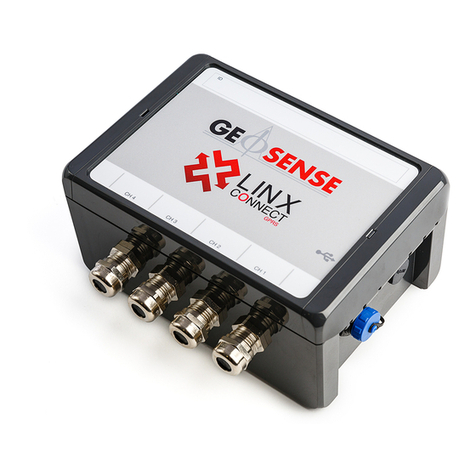
Geosense
Geosense Geologger Linx User manual
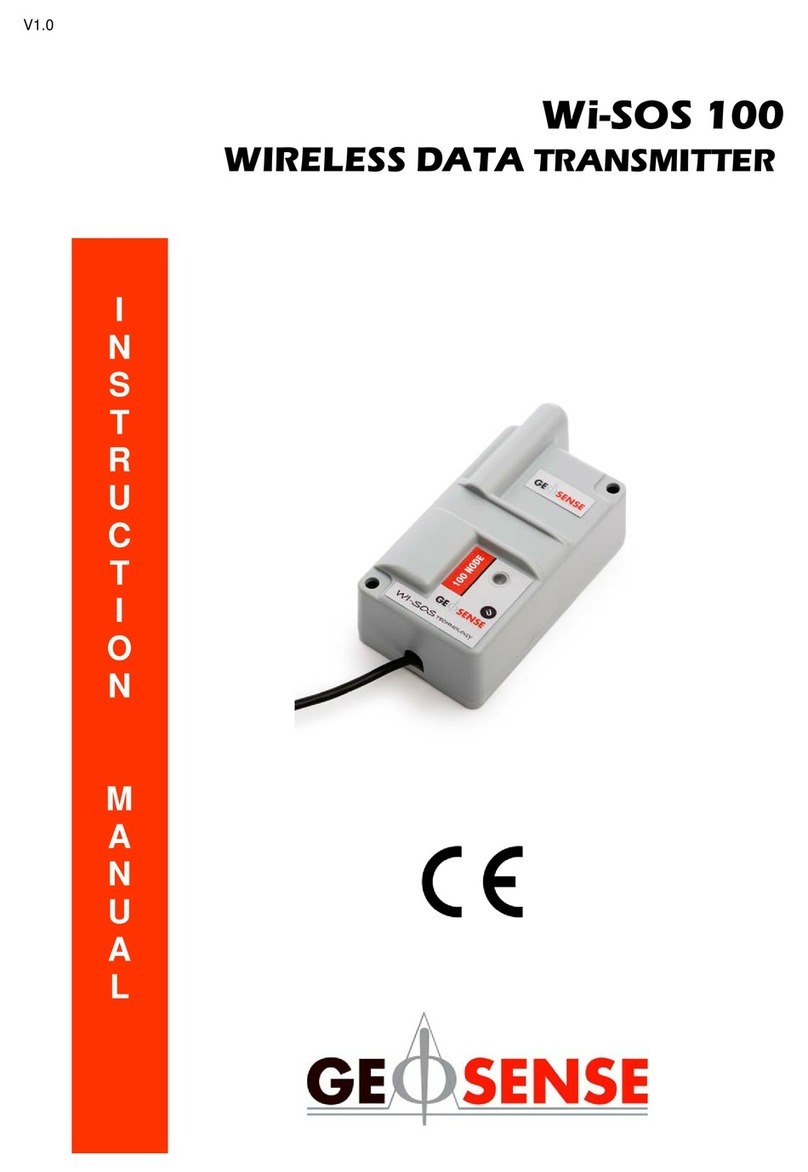
Geosense
Geosense Wi-SOS 100 User manual

Geosense
Geosense Geologger Linx User manual
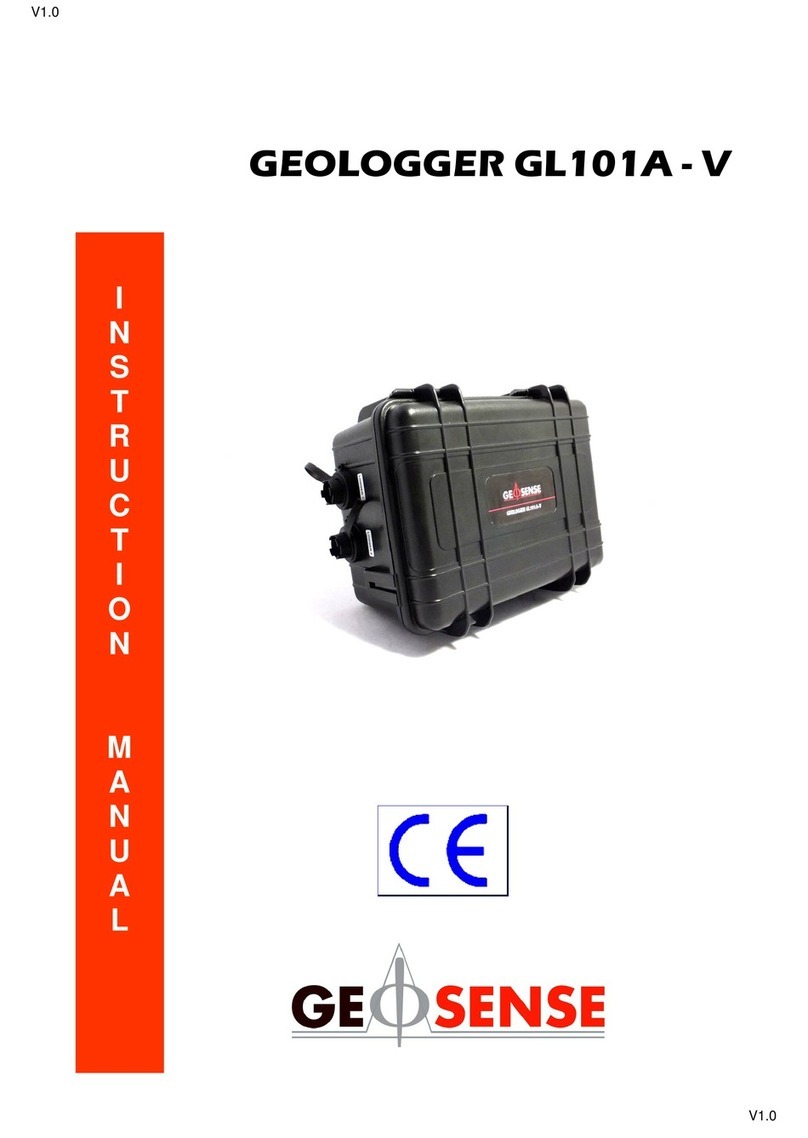
Geosense
Geosense Geologger GL101A-V User manual
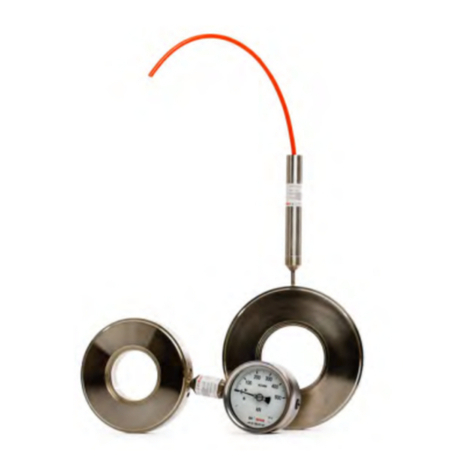
Geosense
Geosense HLC 6000 Series User manual
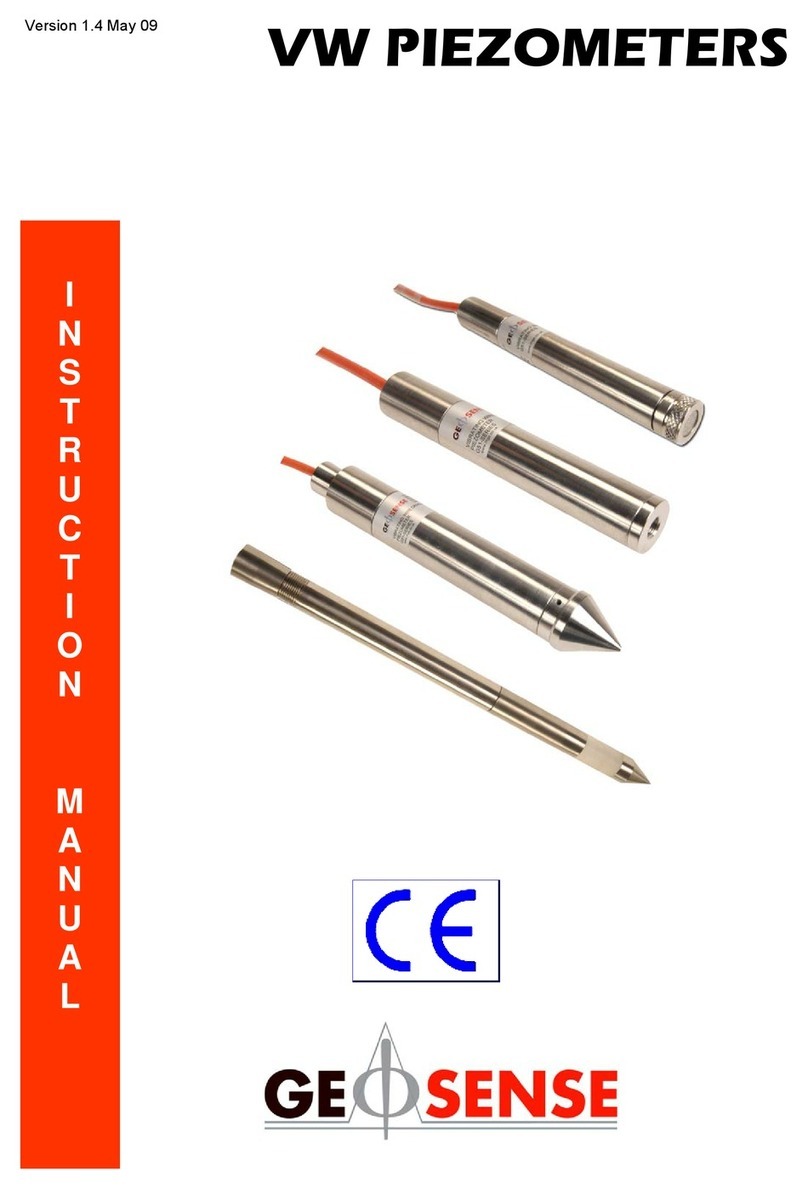
Geosense
Geosense VW PIEZOMETERS User manual
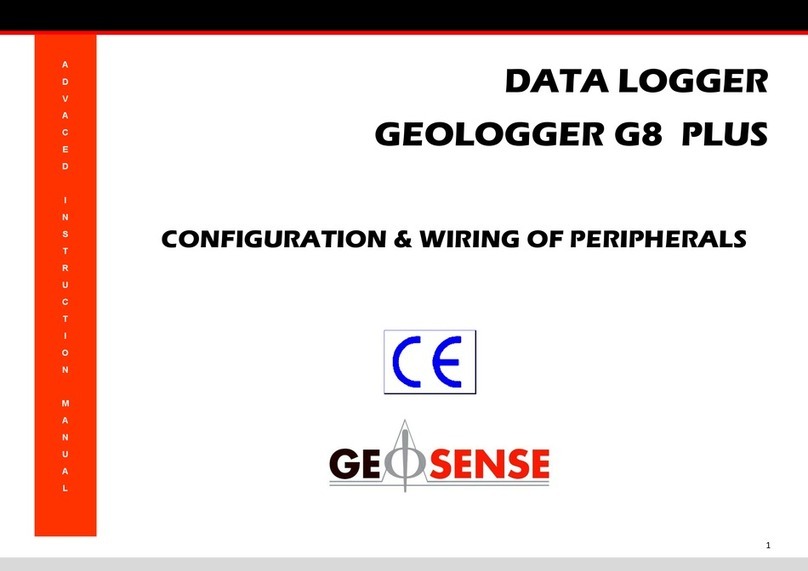
Geosense
Geosense GEOLOGGER G8 PLUS Setup guide
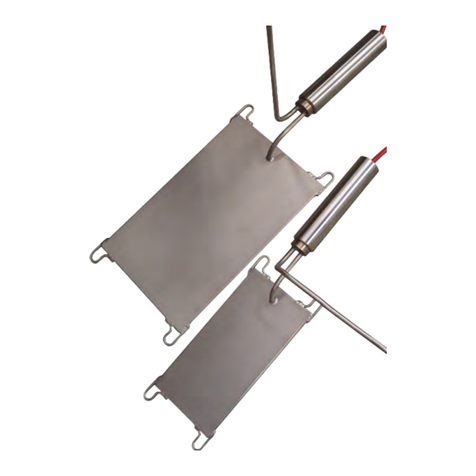
Geosense
Geosense VWNPC-3000 User manual

Geosense
Geosense GEOLOGGER G8 PLUS User manual
